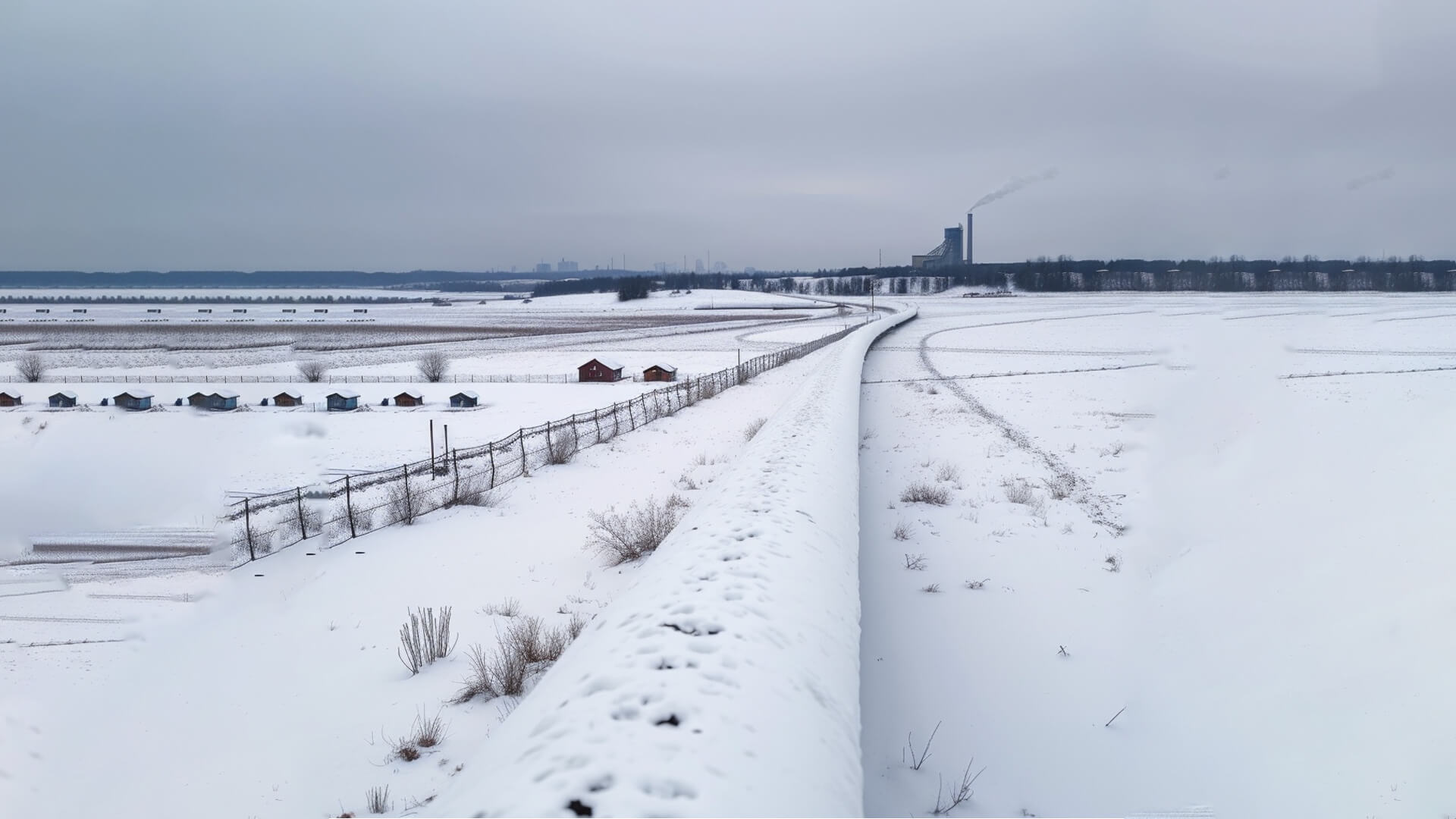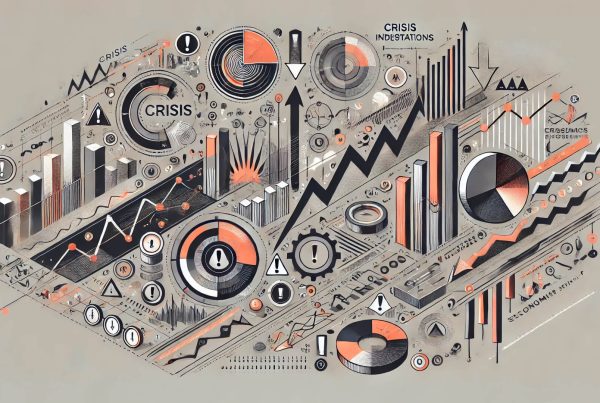As winter approaches, Ukraine faces significant challenges in ensuring adequate gas supplies to meet its heating and energy needs. The country, which has long relied on a combination of domestic production and imports to cover its gas demand, now faces more complex dynamics due to the ongoing war with Russia, geopolitical tensions, and the disruption of energy infrastructure. The question of how Ukraine will meet its gas needs during the winter months is critical, not only for the well-being of its population but also for the functioning of its economy. This analysis delves into the current gas needs of Ukraine, the challenges it faces, and the potential strategies for addressing these needs during the winter season.
Ukraine’s Gas Demand and Historical Context
Ukraine’s gas consumption has fluctuated in recent years due to economic shifts, energy efficiency measures, and the loss of certain industrial regions. However, winter months traditionally bring higher demand for gas, primarily for residential heating and electricity generation. On average, Ukraine’s annual gas consumption stands around 30 to 33 billion cubic meters (bcm), with winter months accounting for a significant proportion of this demand. This figure was much higher before the 2014 annexation of Crimea and the ongoing war in the eastern regions, but demand remains considerable.
Historically, Ukraine has relied on a mix of domestic production and imports. Domestic production covers roughly 20 bcm annually, meaning the country needs to import an additional 10 to 13 bcm to meet its total demand. Prior to the war, Ukraine was also a critical transit country for Russian gas to Europe, giving it leverage in negotiations and access to relatively cheap supplies. Since 2014, however, Ukraine has shifted its gas import strategy, moving away from direct Russian supplies and sourcing from Europe through reverse flows from Slovakia, Poland, and Hungary.
Current Gas Supply Challenges
In the current context, Ukraine faces unprecedented challenges in securing gas supplies for the winter. The war with Russia has disrupted domestic gas production, damaged critical energy infrastructure, and complicated access to gas reserves and storage. The key issues that complicate Ukraine’s gas situation include:
- Disruption of Domestic Production: The war has affected gas production facilities in eastern Ukraine, especially in regions like Donetsk and Luhansk, which are either contested or occupied. Although most of Ukraine’s gas is produced in the western regions, the overall uncertainty and potential damage to infrastructure pose risks to steady production.
- Damage to Gas Infrastructure: Russian attacks have targeted Ukraine’s critical infrastructure, including gas pipelines and storage facilities. Damage to key infrastructure such as pipelines, compressors, and storage depots risks curtailing Ukraine’s ability to deliver gas domestically and store it for the winter.
- Limited Import Capacity: Although Ukraine has diversified its gas imports away from Russia, relying on reverse flows from European neighbors, this import capacity is limited. European supplies themselves are constrained due to high demand across the continent, price volatility, and limited capacity of pipelines. The ongoing energy crisis in Europe, exacerbated by the war and sanctions on Russia, means Ukraine will face stiff competition for gas supplies this winter.
- European Energy Crisis and Price Volatility: Europe’s own struggles with gas supplies have increased the price of natural gas across the continent, making it costlier for Ukraine to import gas. The European Union has imposed sanctions on Russian gas, causing a shortfall that Ukraine would have normally relied on via European reverse flows.
Ukraine’s Winter Gas Needs
Estimates suggest that Ukraine will require at least 10 to 13 bcm of gas to get through the winter. This gas will primarily be used for heating, electricity generation, and keeping essential services running, particularly in urban areas. Given the damage to its infrastructure and constraints on imports, ensuring adequate supplies will be a formidable challenge.
How Ukraine Plans to Meet its Winter Gas Needs
Despite these challenges, Ukraine has developed several strategies to secure sufficient gas for the winter. These strategies involve a combination of domestic production, storage management, increased imports, energy efficiency measures, and international support.
- Maximizing Domestic Production: Ukraine’s state-owned gas company, Naftogaz, is working to increase domestic gas production wherever possible. The company has invested in maintaining and upgrading gas fields in the western regions, which remain largely unaffected by the war. There are also efforts to expand production in regions where conditions are safer.
- Utilizing Gas Storage: Ukraine has one of the largest gas storage capacities in Europe, with facilities capable of holding up to 31 bcm of gas. As of early autumn 2024, Ukraine had filled its storage to approximately 14-15 bcm, with plans to increase this as much as possible before winter sets in. These reserves will be crucial in meeting peak winter demand, especially if imports are disrupted.
- Diversifying Gas Imports: Ukraine continues to import gas from European countries through reverse flow pipelines. It has signed agreements with Poland, Slovakia, and Hungary to ensure that these supplies remain steady, although the capacity of these pipelines is limited. Additionally, Ukraine is exploring opportunities to import liquefied natural gas (LNG) through neighboring countries like Poland, which has recently expanded its LNG terminals.
- Energy Efficiency and Demand Management: Ukraine has implemented several energy efficiency programs aimed at reducing consumption, particularly in residential and industrial sectors. The government has also encouraged households and businesses to conserve energy, recognizing that reduced demand will help ease the strain on limited gas supplies.
- International Support and Solidarity: Ukraine is receiving support from its European and international partners to help meet its energy needs. The European Union has pledged to provide assistance through financial aid and technical support, including measures to help Ukraine increase its gas storage levels and import capacity. Additionally, international organizations such as the International Monetary Fund (IMF) and the World Bank have extended financial packages that Ukraine can use to purchase gas from abroad.
- Increasing Coal and Biomass Usage: In addition to gas, Ukraine is looking at alternative energy sources like coal and biomass to cover some of its winter energy needs. Coal-fired power plants are being readied to take on a larger share of the electricity generation load, and biomass heating is being promoted in rural areas where access to gas may be more difficult.
- LNG Imports and Floating Storage Regasification Units (FSRU): Ukraine is exploring the use of LNG imports as a way to bolster its gas supplies. While it does not have direct access to an LNG terminal, it is in discussions with neighboring countries to use their LNG infrastructure. Poland’s expanding LNG terminal could be a viable option for Ukraine to secure supplies. Ukraine is also considering the deployment of Floating Storage Regasification Units (FSRUs) to enable LNG imports by sea, bypassing damaged infrastructure.
The coming winter will be a critical test for Ukraine’s energy resilience in the face of war. While the country faces significant challenges, including disrupted domestic production, infrastructure damage, and limited import capacity, it has a comprehensive strategy to address its gas needs. By maximizing domestic production, filling storage facilities, diversifying imports, and receiving international support, Ukraine stands a fighting chance of weathering the winter. However, success will depend on the ability to navigate geopolitical tensions, maintain infrastructure integrity, and manage consumption effectively. The global energy crisis, exacerbated by the war, ensures that Ukraine’s path to energy security will remain fraught with challenges, but determined efforts and international cooperation could help the country endure the harsh winter months.





